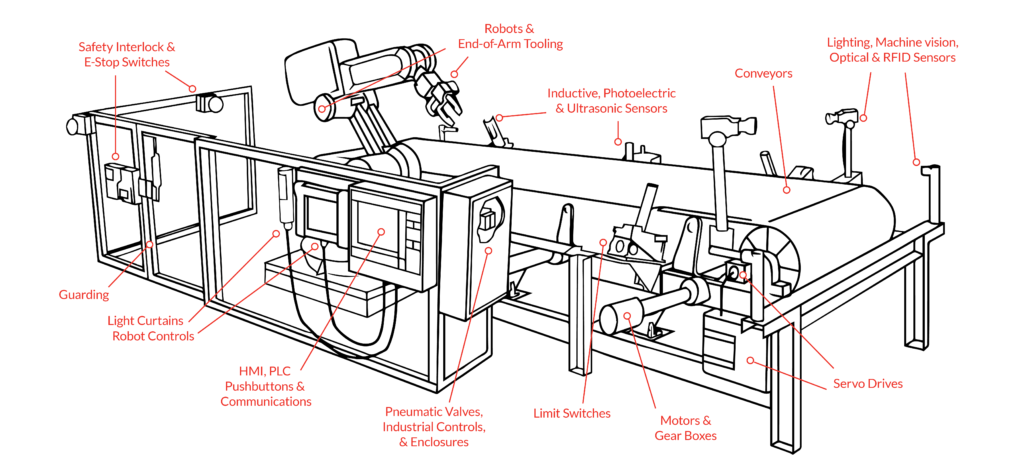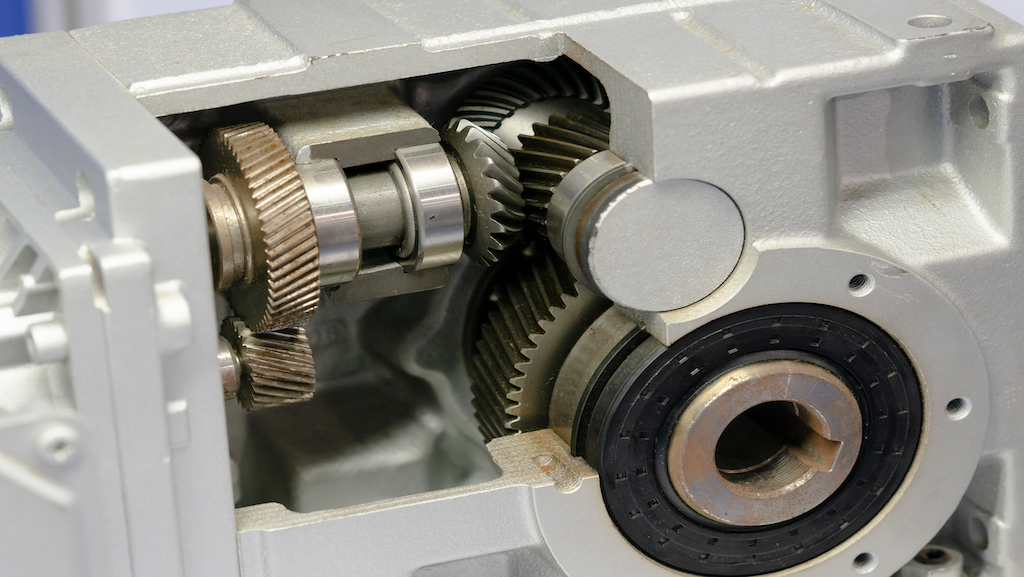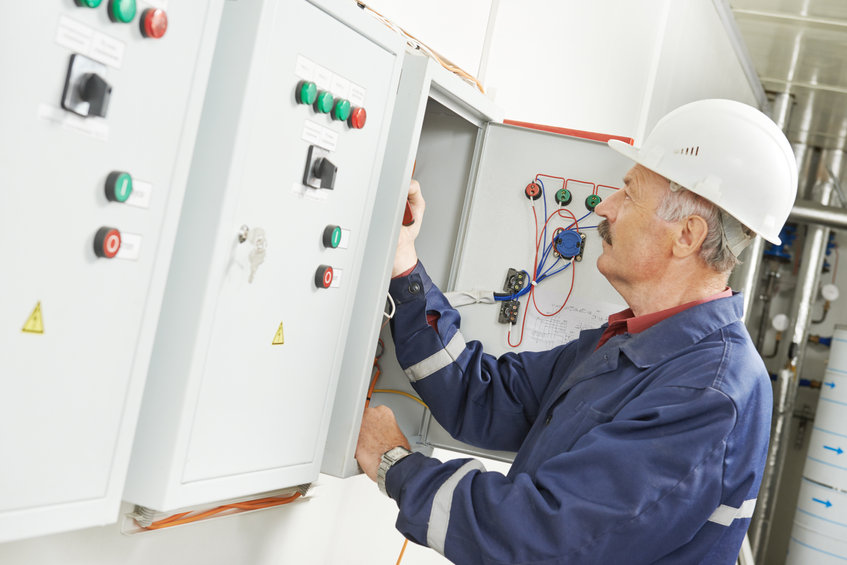Motion Control
Motion control systems are used across various industries to build more comprehensive automated systems. These systems use a wide array of components that allow for precise motion sequence control. This function helps engineering teams develop automated systems with exact speeds, positions, and torques.
How Do Motion Control Systems Work?
In a motion automation system, the instructions begin from an input device or computer software. These instructions will then be relayed to the motion controller, which will then signal the drive. The drive controls the motor that will produce linear or rotary motion at the specified speed and torque.
Electric motors operate on any voltage and are used in various industries. They produce motion as the spindle, which is directly linked to a helical screw, rotates in a ball screw nut. Attached to the ball screw nut is a hollow piston that creates the motion as the motor rotates.
Several factors are monitored via motion control sensors during application. These include torque, speed, temperature, vibration, and current. This is done to ensure smooth operation and for predictive maintenance purposes.
Advantages of Motion Control Systems
- Scalable for any application or force requirement
- Provide custom speeds, applied forces, and stroke lengths
- Energy efficient and require low operational costs
- Deliver the most accurate positioning and complete control of motion
- Create less noise than hydraulic and pneumatic actuators
Types of Controllers in a Motion Control System
The controller is a key part in any motion control system. It provides the operating instructions to the system based on input or programmed directives. The most common types of controllers include the following:
- Microcontrollers – These are small computers that retain their instruction set in their onboard memory. They use sensors and switches to gather information for their feedback loops.
- Programmable Logic Controllers – Also known as PLCs, these controllers provide native integration with input-output modules.
- Motion Controllers – These controllers focus solely on motion control applications. They generally feature a graphical user interface to reduce manual programming.
Browse our selection of other recommended products and solutions that complement and let you take full advantage of our motion control systems.
Recommended Products and Solutions
JHFOSTER distributes a wide range of control panels, speed reducers, and safety solutions, including sensors and signaling products for detection and protection.
Literature Library
Looking for additional information? Check out JHFOSTER’s Automation Library.

TECHNOLOGY
Motion & Mechatronics
- Rotary/Linear Motion
- Sizing/Consultation
- Motors/Drives/Control
- Robots
- Conveyors
Sensors & ID
- Presence
- Inductive/Capacitive
- RFID/Bar Code
- Safety
Data
- Networks (LAN/WAN)
- HMI/Web Panel
- Remote Access/Monitor
PRECISION MACHINING
- Horizontal Millin – 5 axis
- Vertical Milling = 5 axis
- Turning (up to 14″)
- Swiss Turning (approximately 3 – 20 mm)
- CAD Solidworks
- Gibbs & Surfcam
ELECTRO-MECHANICAL ASSEMBLY
- UL508A Certified Panel Shop
- Control Panel Build
- Enclosures
- Value Added Sub Assemblies: Pneumatic, Mechanical, Electrical, Build to Print
- Horizontal Millin – 5 axis
- Vertical Milling = 5 axis
- Turning (up to 14″)
- Swiss Turning (approvximately 3 – 20 mm)
- CAD Solidworks
- Gibbs & Surfcam
Frequently asked questions
Depending on the exact application of the motion control system, setting it up may require varying levels of programming knowledge and experience. In many cases, however, operating these systems require little to no skill.
The main difference between these two types of motion control systems is how they handle feedback. Closed loop systems use position feedback from the moving object to make changes in the positioning processes. On the other hand, open loop systems are one-way. They do not receive feedback to make changes.

